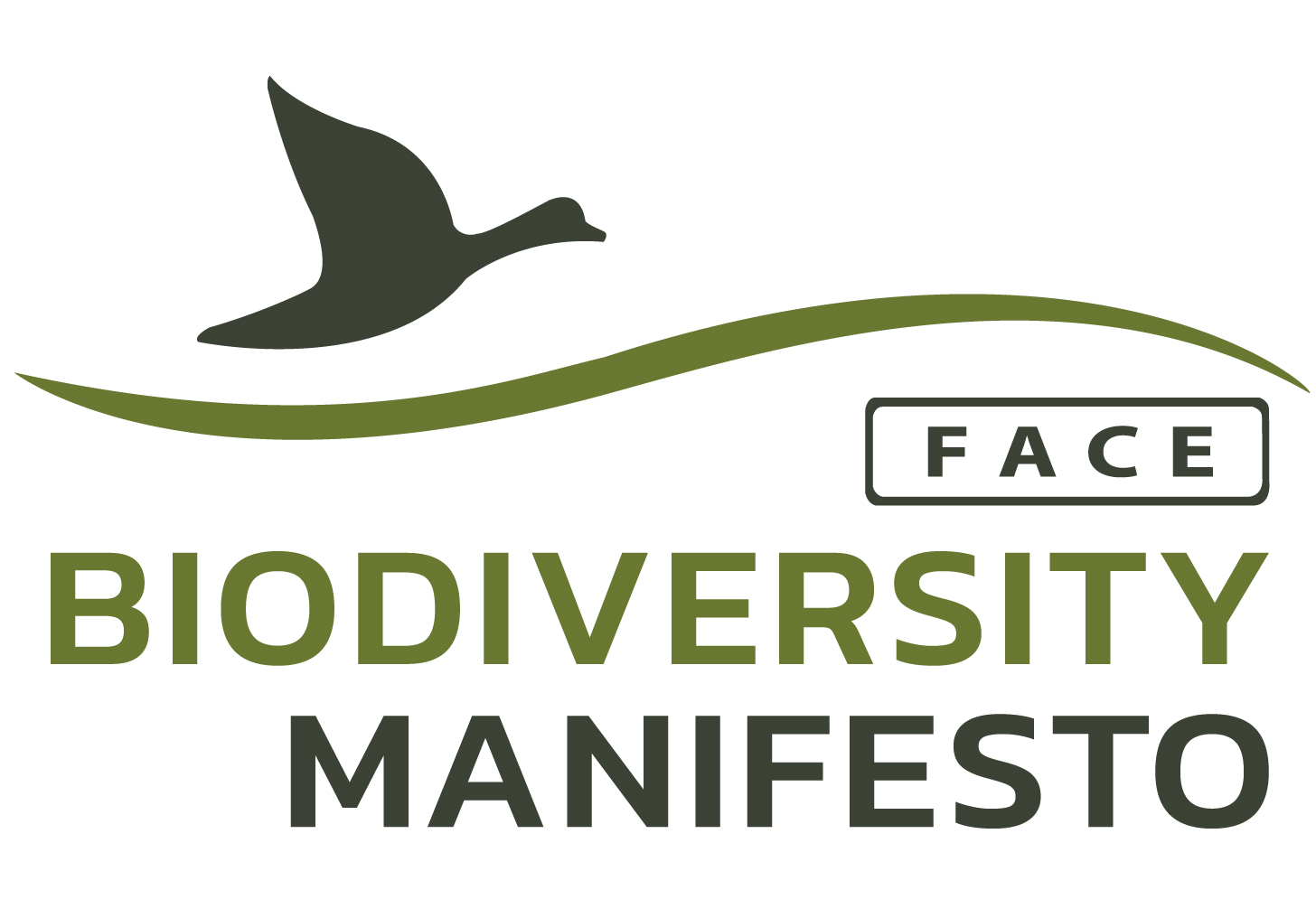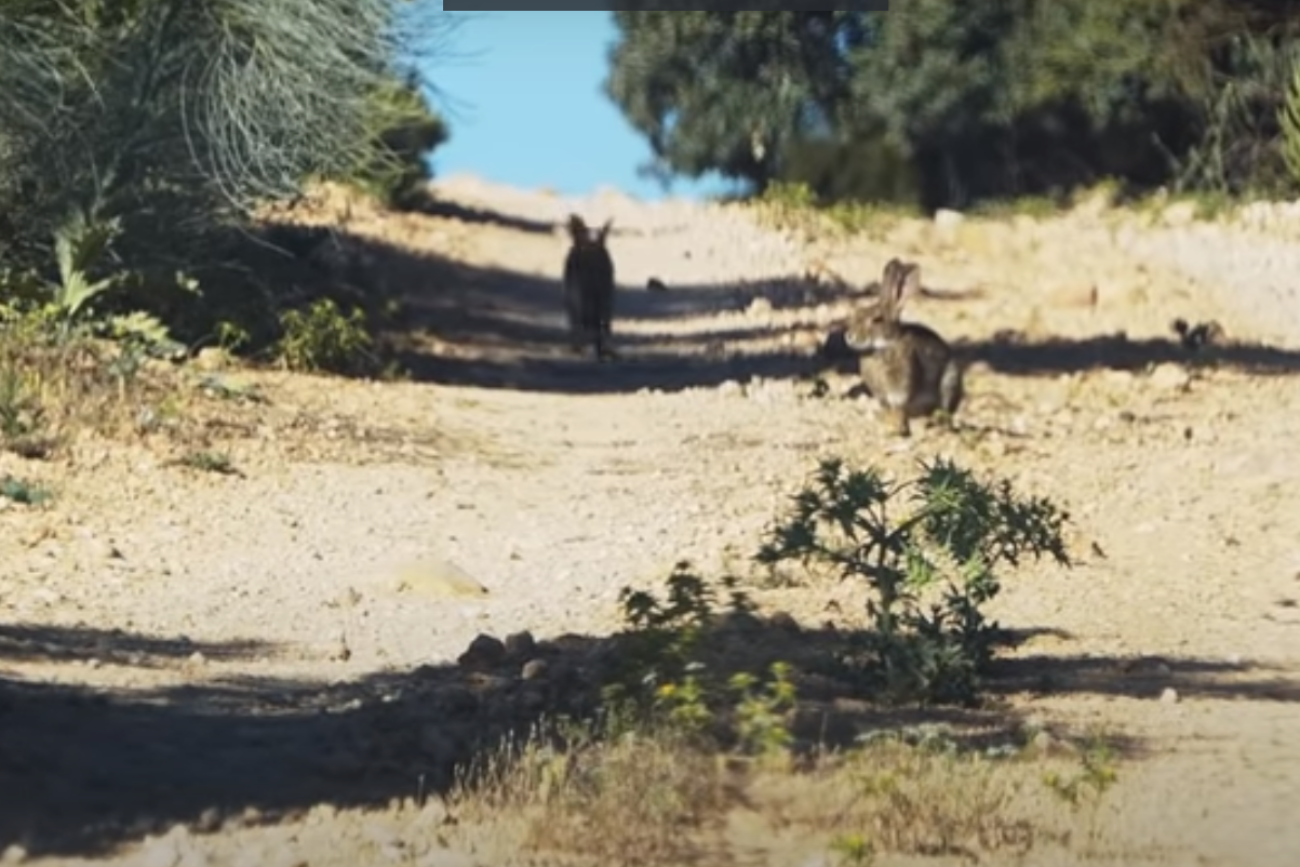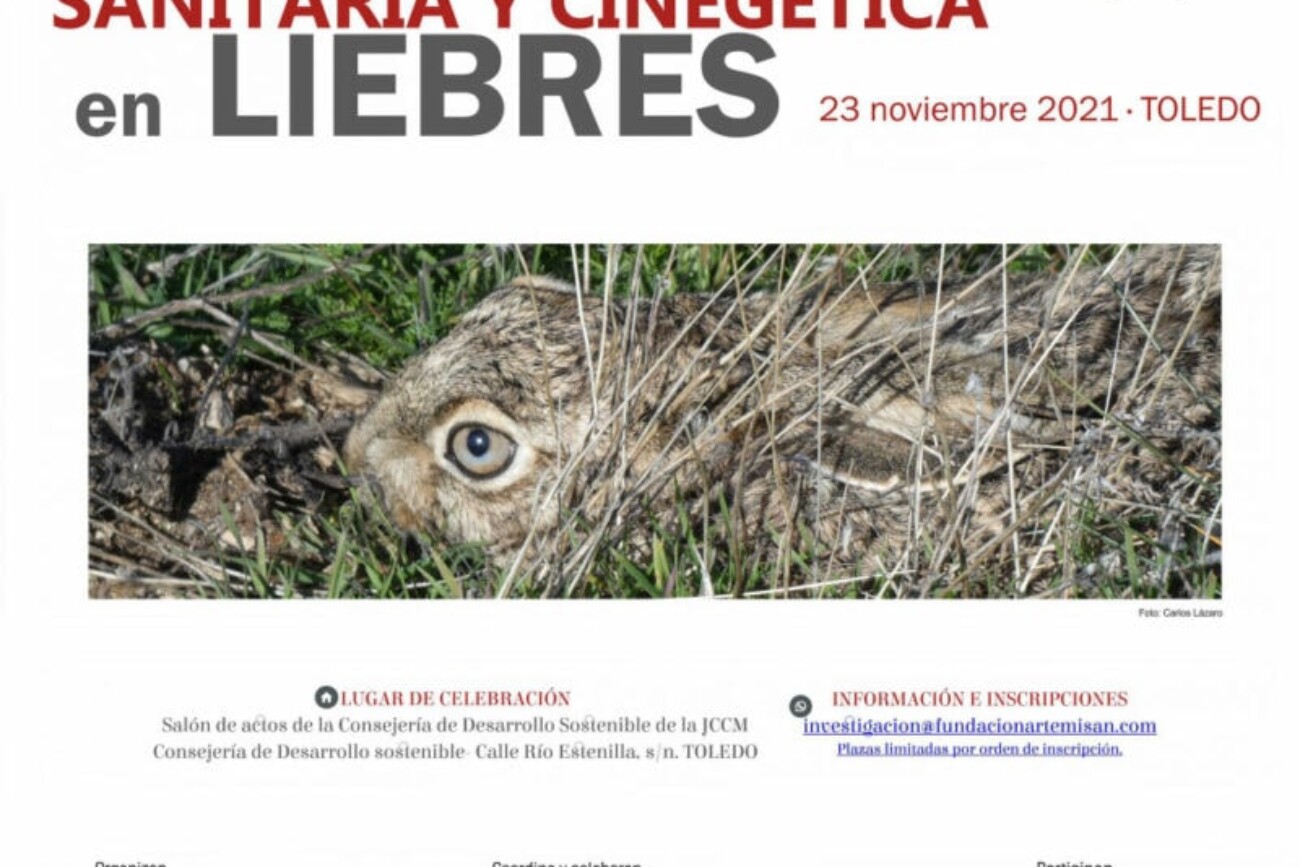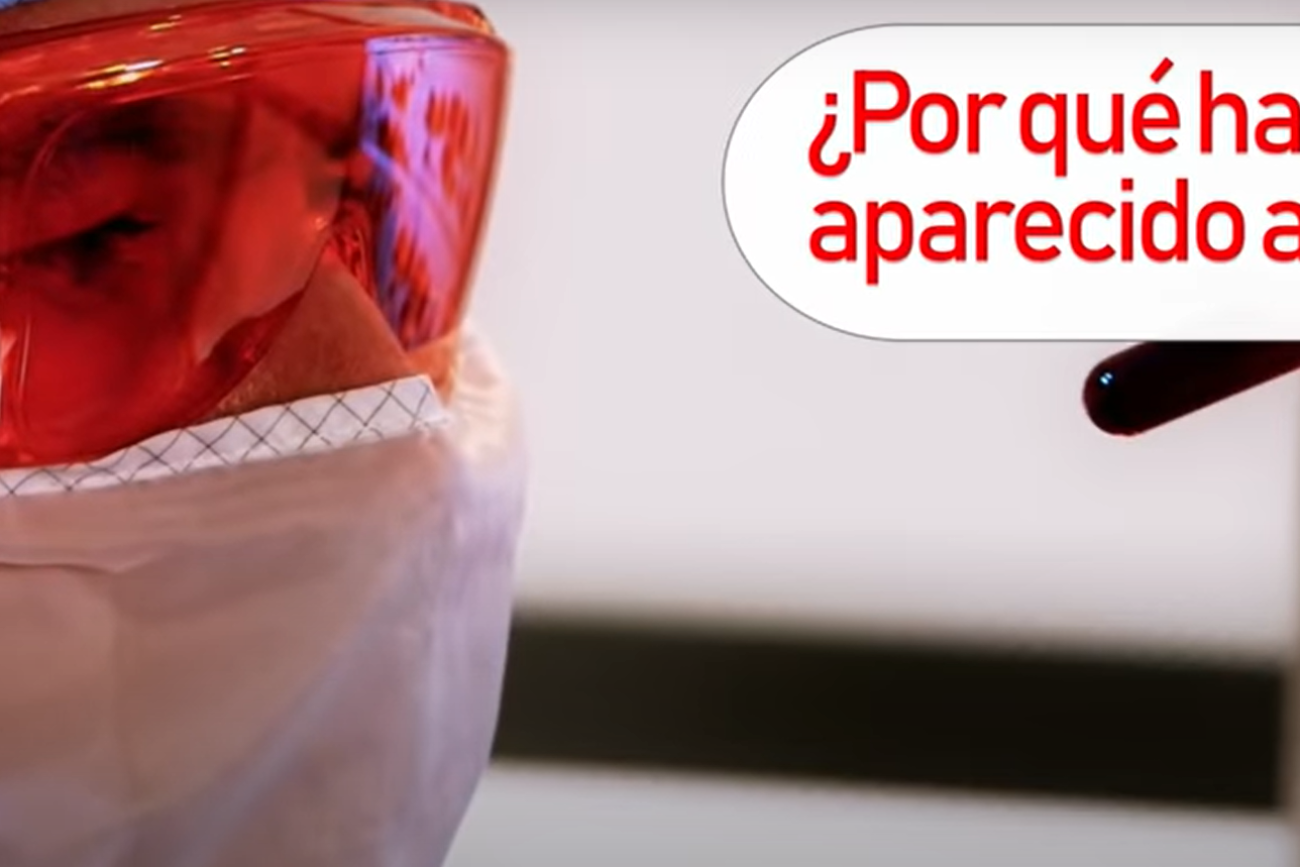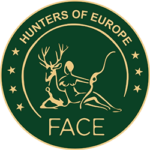The recent COVID-19 pandemic has made clear to society the new reality of infectious diseases and the impact that the emergence or mutation of a pathogenic agent such as a virus can cause. This situation extends beyond the human species, and there are several examples of infectious diseases that are drastically affecting European wildlife. We have the example of African Swine Fever, which causes high mortality in wild boars (Sus scrofa); avian flu, which is seriously affecting birds throughout Europe; Epizootic haemorrhagic disease, causing losses in wild ruminant populations in southern Europe; and Rabbit Hemorrhagic Disease and Myxomatosis, which have decimated wild rabbit (Oryctolagus cuniculus) populations. It is precisely this last example, a myxomatosis virus, that is the focus of this project.
This leporipoxvirus has been causing myxomatosis in Iberian Hares (Lepus granatensis), called ha-MYXV, it is the result of the recombination of strains that normally cause myxomatosis in wild rabbits. Although we cannot assert that it is a recent virus, the truth is that it was only identified for the first time in 2018 after causing an outbreak with high mortality in Portugal and Spain.
After this outbreak and as a response to it, administrative, animal health, and hunting institutions joined forces to create the MIXOlepus project. This project emerged in 2018 and was active until 2021, pursuing the following goals:
- To deeply understand the impact of myxomatosis on hare populations, as well as the species’ hunting management.
- To analyze and sequence the virus isolated in hares and study its similarity to the myxomatosis virus described in other species.
- To work on developing a vaccine against the disease in hares and evaluate its level of effectiveness.
- To share the results and recommendations so that hunting estates remain vigilant against the virus and develop good practices for sustainable management and hunting.
When the project began, 250 cases of the disease had been reported in 9 autonomous regions of Spain. In response to this high number, an epidemiological survey was conducted by the administration to try to understand the extent of the disease. The Artemisan Foundation also started fieldwork in Castilla-La Mancha and conducted a national survey to understand the situation of Iberian hare populations and to know the measures that hunting estates were implementing in response to this new reality.
In 2019, the second year of the project, with the disease already spread throughout almost the entire Iberian Peninsula but seemingly less aggressively, the first results of the MIXOlepus project began to emerge.
Through the censuses conducted in Castilla-La Mancha, a significant decrease in the abundance of the species was observed. This work allowed understanding the situation in over 40 hunting grounds with different habitats and varying disease incidences. It was concluded that most of these hunting areas implemented specific management for the Iberian hare, and more than half suspended hare hunting after the outbreak in 2018.
To gain a better understanding of the ha-MYXV virus, laboratory research was also carried out, revealing the virus’s origin, its specificity to the Iberian hare, and initial steps towards developing a vaccine for the disease were taken.
Associated with this intense research work, a strong communication strategy was established. Through participation in informative programs on television, radio, and press channels, training sessions were conducted with hunters and other stakeholders. In 2021, a conference was held where the acquired knowledge was shared among the involved entities.
It’s important to highlight the significant role played in the project by the Artemisan Foundation and the Royal Spanish Hunting Federation, two hunting organizations, as well as various institutions of the Spanish state and autonomous regions.
Video:
Source:
https://fundacionartemisan.com/wp-content/uploads/2021/08/PREGUNTA-Y-RESPUESTAS_MIXOLEPUS.pdf
https://fundacionartemisan.com/investigacion/grupo-mixolepus-liebres/
Policy relevance:
Hunters make a significant contribution to the conservation of wildgame and other wildlife across Europe. The importance of their work fighting diseasese for mammals is recognized by organizations such as the Bern Convention, and the EU’s Large Carnivore Platform. Active participation from hunters in the conservation and management of species such as the Brown Bear, Lynx, and Wolf has contributed to the success of these initiatives.
This project demonstrates well how hunters contribute to the conservation of endangered species such as the Iberian hare and the Iberian Imperial Eagle, thereby supporting a large array of wildlife and biodiversity. These conservation actions are fully in line with the EU’s Biodiversity Strategy for 2030 and nature restoration targets, highlighting the importance of the recognition of stakeholder’s participation.
Country: Spain
Starting date: 2021
Species: Wild Rabbit, Iberian Hare,
Species characteristics: Huntable species, Protected Species
Type of actions: Management of habitats and wildlife,
Leading partners: Mértola’s City Council
